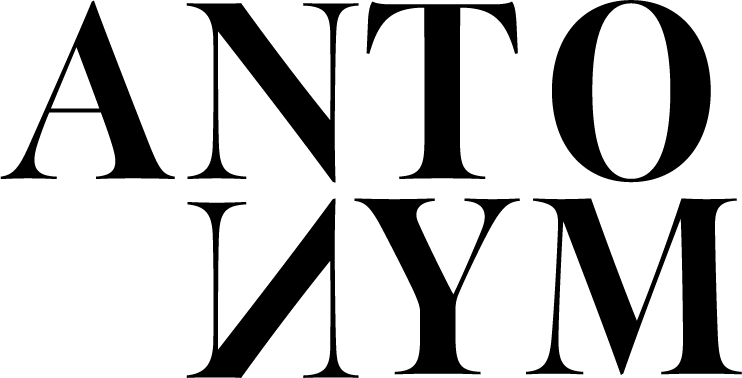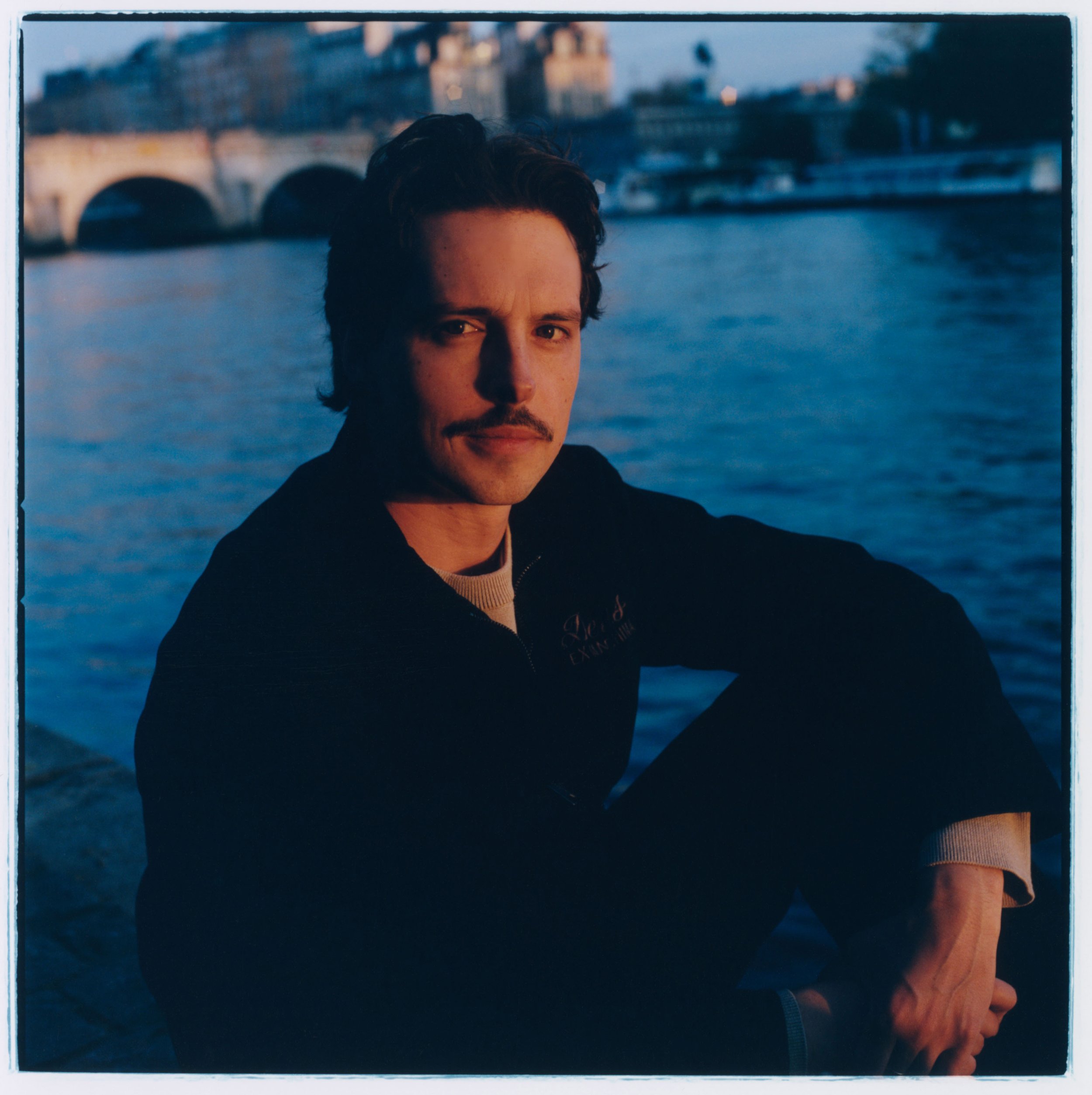Hugo Haeffner
“I prefer to let inspiration come to me … I want to be surprised by what I come across.”
Hugo Haeffner is a Paris-born, South of France-raised freelance art director with a background in fine art, having studied at Strasbourg Arts Decoratifs. Hugo began his career as a freelancer to fund his studies, working in branding with Veja Fair Trade, web/editorial design at GQ Magazine, and luxury fragrance design at Dior.
During his time at Dior, Hugo met Joseph Salah and Alexandra Reghioua, who later offered him a permanent position at Coty, where he spent 5 years leading prestigious 360 campaigns for renowned brands like Hugo Boss, Calvin Klein, and Tiffany & Co.
Today, Hugo collaborates with top-tier clients such as Rolex, Shiseido, Givenchy, and Helena Rubinstein. Specializing in visual identity, Hugo enjoys the holistic nature of his craft, shaping brands through visuals, typography, logos, and films. His work is driven by a deep passion for nature, which serves as his primary source of inspiration, helping him bring fresh, innovative concepts to life.
You bring a nature photographer's eye to art direction, incorporating organic shapes and natural environments into your commercial work. Have you always been drawn to the elements?
Absolutely, and I feel so grateful that I get to explore the elements in my professional work. I work with company budgets that offer the time, space, and freedom to explore different textures. I think of the final product as a way for people to travel, and I think of Marcel Proust's quote, "The real voyage of discovery consists not in seeking new landscapes, but in having new eyes."
Nature is all about harmony, power, beauty, and the interconnection between everything. Water, rock, plants, sky … they are all around us, waiting to be discovered and expressed. Sensation and fragrance, with tie-ins to skincare, for example, are key to the story we are trying to tell.
Is explaining your ideas to clients challenging, or do you find it an interesting exercise?
Usually, I show up with visual support, like a collection of visuals, mock-ups, storyboards, or mood boards to help convey the concepts. More and more, I take the time to pause myself and write down concepts and ideas, developing them in words before building them into something visual.
Sometimes, in the early stages of the process, when we are still getting to know each other, I'd like to bounce ideas around using competitive campaigns or movie references. It's a great way to engage with the clients, test their temperatures, see how far we can push a project's ambition, and then tailor the creative process accordingly.
What's the worst buzzword or cliche you hear in creative circles?
I really can't stand the word "crack" when used in advertising discussions. "We need to crack this concept," or "We didn't crack it yet." It distorts the creative process, as you have to break something to make it work.
The phrase reflects a certain disengaged mindset, one where people focus more on questioning things rather than solving them. It suggests a false simplicity and easy resolution. Not really constructive, right? We are here to build things, not to crack or break them.
It's a philosophical stance. I often have this conversation with clients or colleagues, and I can see right there, in the moment, how another person approaches problem-solving.
“When I think about writing, I like to dive into a lexical field and come across new words linked to the subject. It illuminates and inspires the work I'm doing.”
Has your creative process changed in unexpected ways over the years?
It's incredibly rewarding when execution aligns with what I first envisioned. It's all about having a vision, pairing the vision with a client, and ending up with the vision properly realized.
But sometimes, during the validation process or when dealing with time or budget constraints, you're forced to make unexpected creative moves. I think I've learned to go with that. Maybe your original idea devolved or evolved into something else, but you can always bounce back, and it gives you a surprise.
I have a really visual way of doing things. With that in mind, I believe that lexical resources are like color palettes, accessing alternate ways of thinking in a visual process. Basically, it's like exploring vocabulary as much as exploring visuals. When I think about writing, I like to dive into a lexical field and come across new words linked to the subject. It illuminates and inspires the work I'm doing.
Is it true you have a publishing project you're working on with your wife?
Actually, yes! It's a small publishing house called H2L2, which stands for Hugo Haeffner and Léa Lamy.
My wife and I met in art school in Strasbourg. Leah was working on the art of book-binding, and I was focusing on graphic design. So we met each other, fell in love, and then naturally chose to create books together, right?
Our first work was reimagining well-known stories, like Snow White and other fairy tales. You know the website Tumblr? I spent nights endlessly going into Tumblr and gathering all the visuals I could find into my hard drive.
So, I have this massive data bank library, and we thought it could be fun to use it to illustrate those children's stories in a new way. Sometimes it was beautiful, sometimes it was funny, sometimes it was disorienting, but it was always interesting.
Today we primarily collaborate with artist friends and photographers. It binds us to our creative community. They come to us with project ideas and we help them shape their vision into books. It gives us the space for freedom.
H2L2: Loro-loroning atunggal by Amalia Laurent
When you start a project, what's the first thing you do?
It gets us back to this Tumblr addiction I had. The first thing I do is assess the brief and do some research on the client. But then comes my favorite part: diving into my own visual library with the briefing in mind.
Over the years, I built this library just like Tumblr, collaborating with friends and artists to create a collection of videos, photographs, CGI, you name it. It's incredibly helpful.
Rather than jumping straight into some ideas, I prefer to let myself be interested in visuals without any purpose and let inspiration come to me. It's a serendipitous process by design. I want to be surprised by what I come across.
Could you be a nature photographer as another side project?
It's funny, you mention this idea of getting into nature photography, and I thought about it a couple of months ago. I was in America near Salt Lake City and Park City for Sundance. I was traveling around, discovering beautiful frozen landscapes with waterfalls. It's a very stark beauty in Northern Utah during the winter.
I would love to do something for a magazine like National Geographic. They are always looking for new ways to discover nature, and it's often in this kind of publication that you can find a new way to look at the world.
I'd like to document essential subjects like global warming. Of course, I would love to go to Iceland. I've never been, and I'm dying to see Diamond Beach. Or maybe Patagonia, too. Wide landscapes, that's what I'm looking for.






